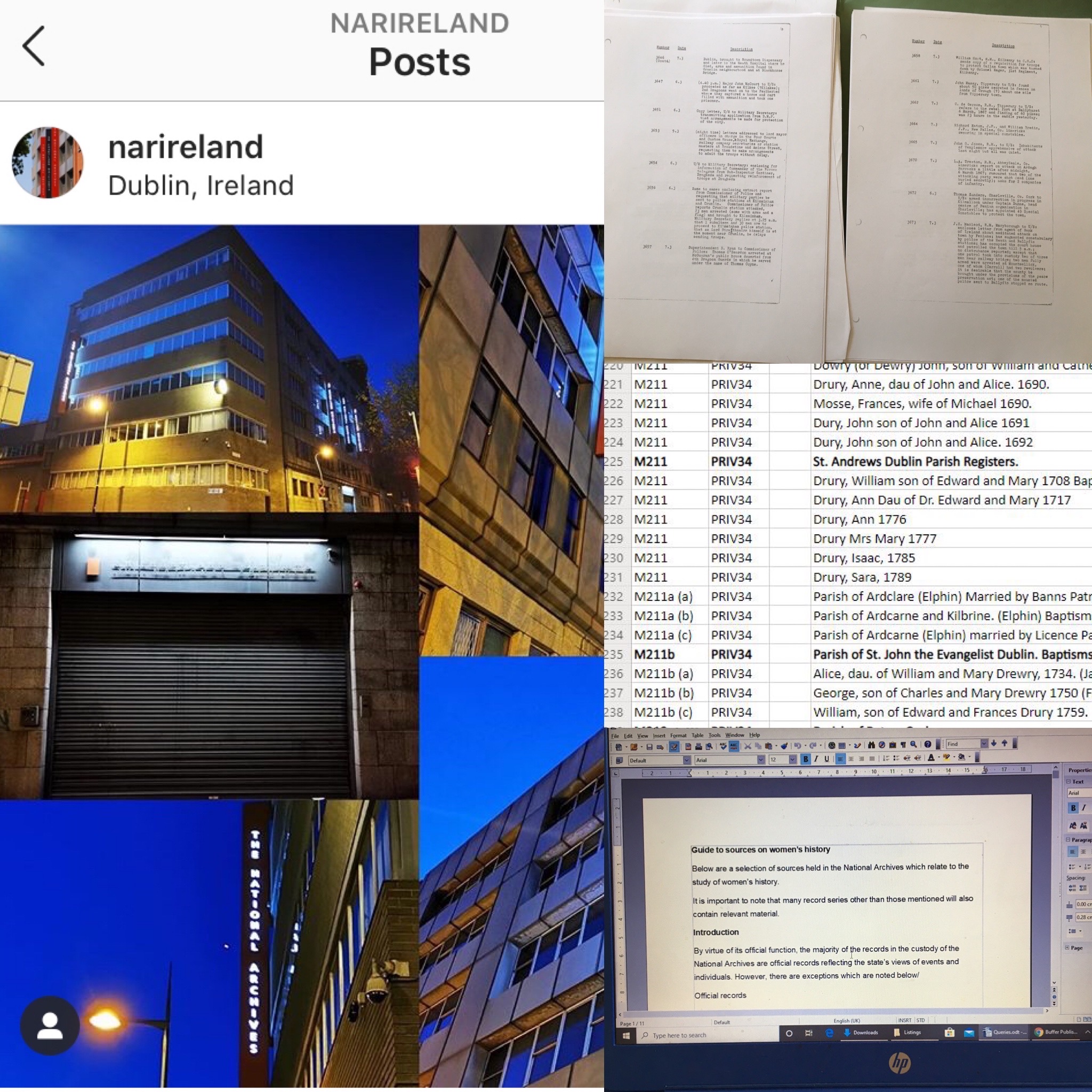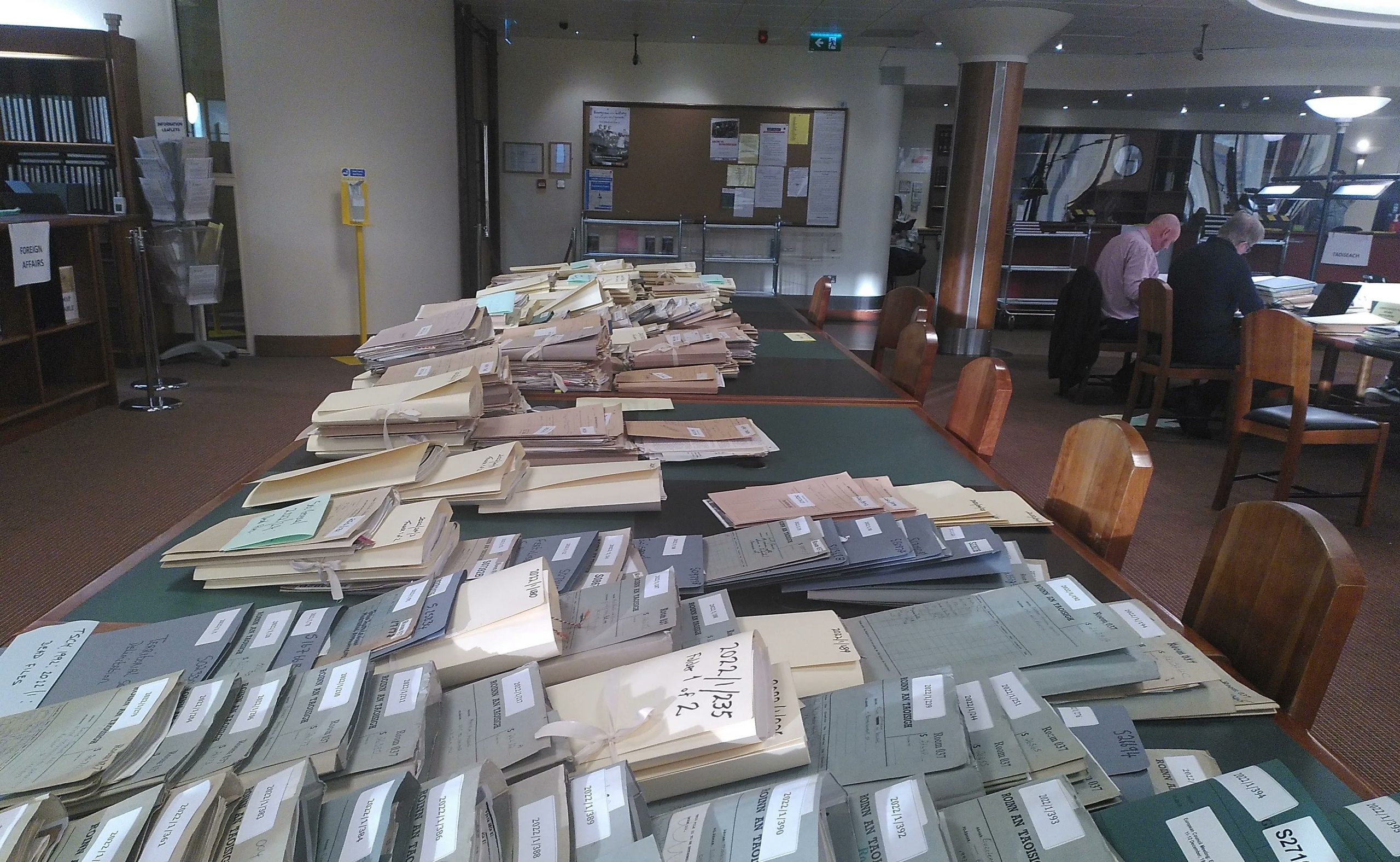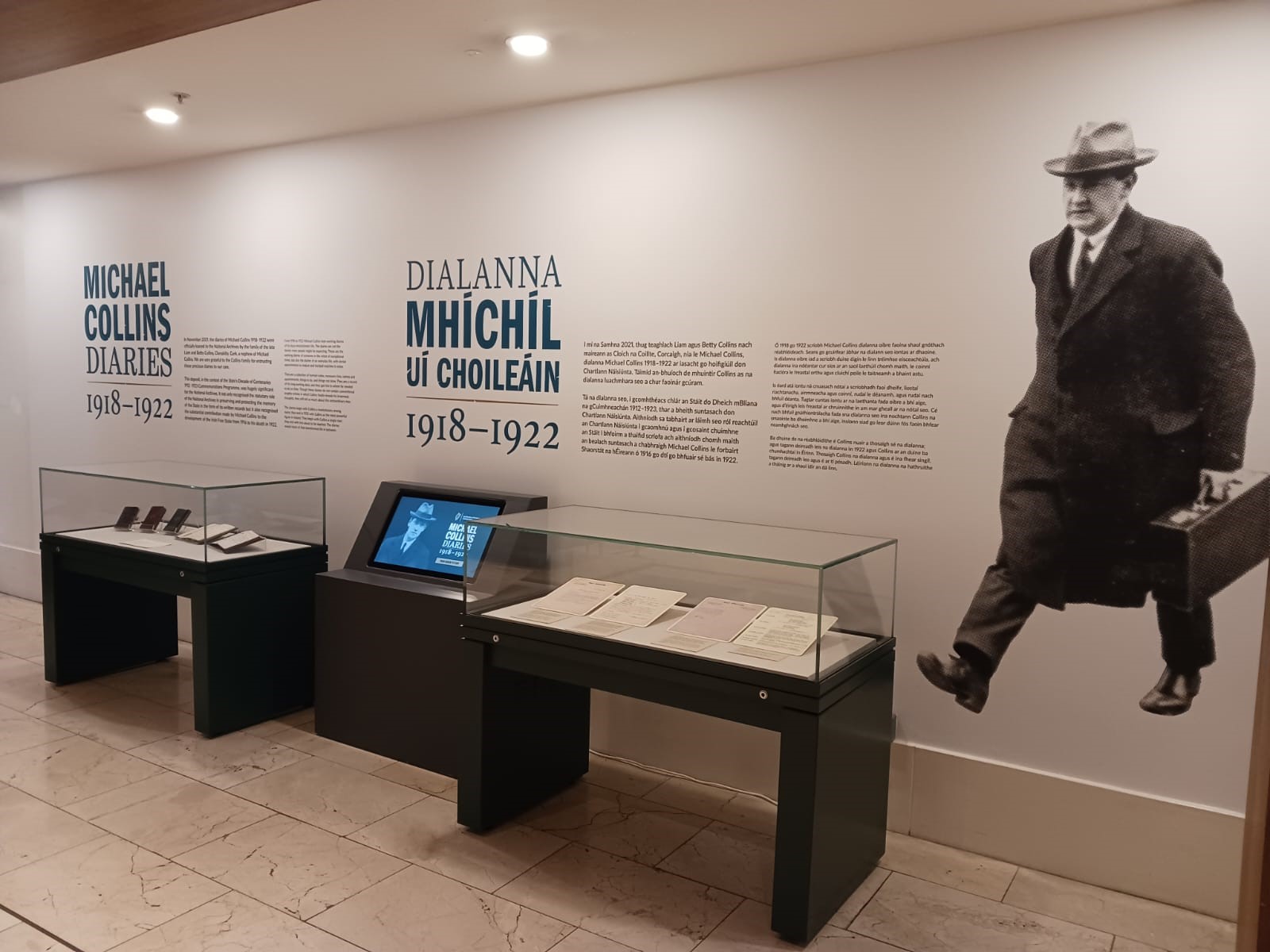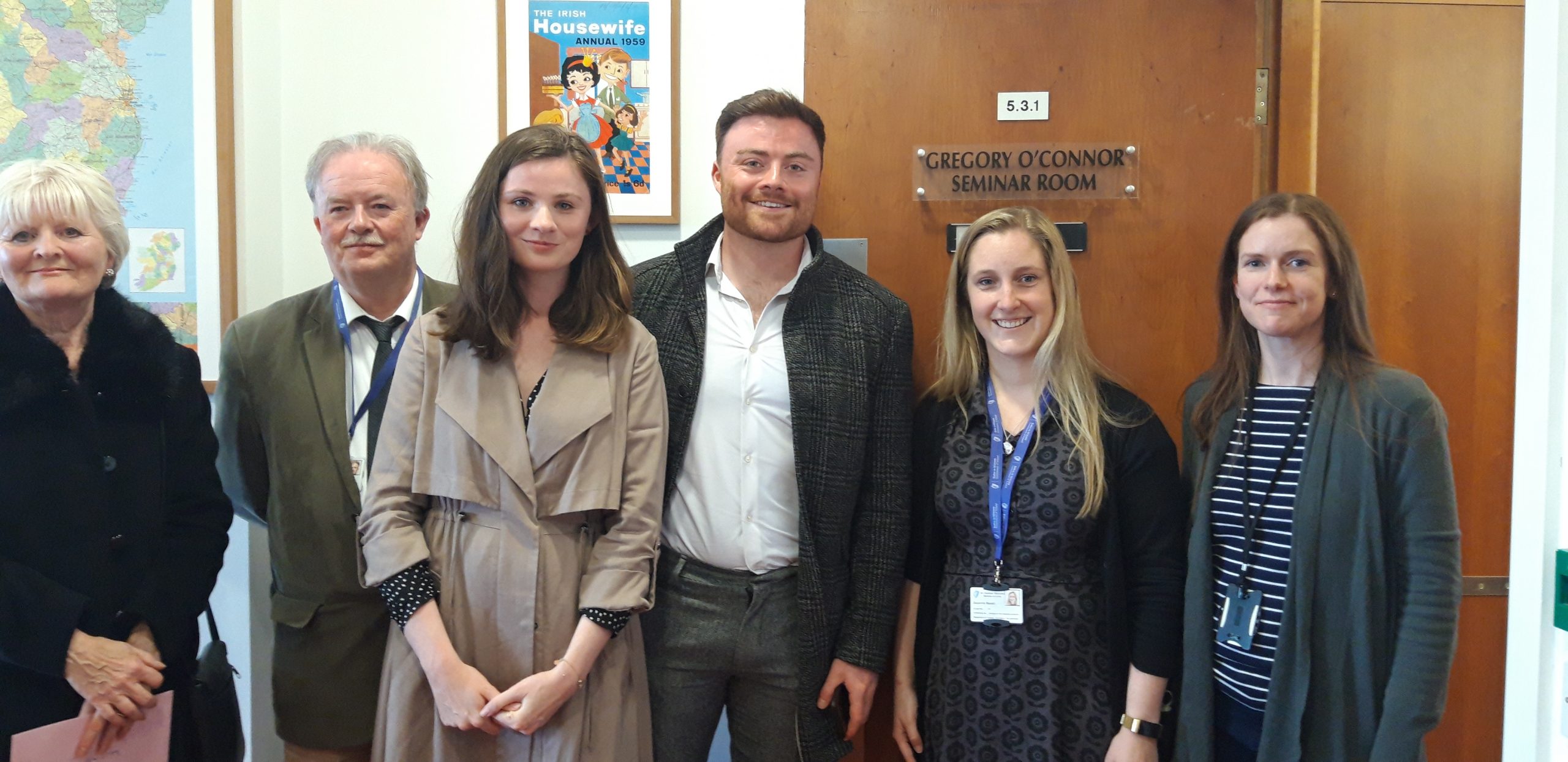Behind the Scenes
Behind the Scenes: Working from home, what do we do?

This long stretch of being closed to the public and having to work from home rather caught me unawares. If anyone had asked me before if it was possible to work from home as an archivist or conservator without any access to the collections I would have thought it almost impossible, or at least significantly trickier than it has been. How wrong I was!
The idea of the archivist as the specialist cataloguer who has the luxury of spending quality time with one collection, establishing an unsurpassed expertise, is one that still persists. Although a lovely idea, that notion is a thing of the past and far from the reality of the daily job. It might also be assumed that without a reading room to run, visitors to assist and collections to retrieve there is little else to be done. Ah, if only!
So, what have we been doing without you coming to see us?
Well, if you are reading this then it might be obvious if I say our public does not consist merely of those of you who are able to come through our doors at Bishop Street to consult our collections or avail of family history advice. Our public is also out there, it’s those of you who engage with us virtually online. This means that actually we can and are still running a public service. We are still answering enquiries via email and as a public service archivist who manages the enquiry system by rota I can confidently say that our email enquiries have not diminished. We aren’t able to access our collections or provide a copying service at present but we can still advise on our sources and guide you in your research. The family history enquiries are still also coming in and we are very glad to be able to provide our genealogy advisory service, albeit via email and not face-to-face as is the norm.
Accessibility to our collections is a critical function for an archive and, although with our doors closed this may sound somewhat contradictory, accessibility is much more than being able to come in and physically look at material. Providing access and enhancing access is still possible.
People often expect everything to be digitised and available to find online assuming that making a digital copy is easy, cheap and low maintenance – nothing to it, so why not do it?! Unfortunately it really isn’t as easy that, it’s certainly not cheap, it’s certainly not low maintenance…and it’s also not worth digitising everything. We invest our resources in key collections and consequently we have a considerable number of collections available to search and view online – and all for free. This has made life so much easier for us whilst working from home as it means that access to our most important and heavily used collections has not changed, you can still conduct your research whilst being at home: https://genealogy.nationalarchives.ie/
Our website has been absolutely critical to still being able to provide a service and I am devising and adding new content to the site throughout this period, including new guides and other features highlighting our collections, services and work. Social media communication has also proved its importance and it has been my duty this month to contribute to our Twitter presence which has been very successful in obtaining nearly 500 more followers in just 3 weeks. This all assists in raising our profile, making people aware of us and our value and most importantly of the incredible collections that we hold and the history that is available to them.
Accessibility also comes in different forms, just being able to find something, to know that it even exists is one of the most basic steps and yet a very significant one that can be labour intensive. Working on legacy lists and collections, as in older lists that have not yet been converted into electronic lists i.e not findable by a computer search is something my colleagues and myself have been working on. As with the vast majority of archival institutions not all our collections are findable online, they are either not catalogued to a standard suitable for our online catalogue or simply not even in a typed list. We are very aware of the areas that need improving and so we have grasped this time working from home to do just that. Some of my colleagues explain to you below what they have been doing whilst working from home.
Deirdre
I have been working on reorganising a series of documents according to their provenance, meaning, according to who donated them to the National Archives. I am doing this work intellectually, meaning, I am reorganising them using only spreadsheets and I am not physically re-arranging the documents within boxes. The principle of provenance is fundamental to archival theory with the idea being that we can gather lots of extra information from knowing who donated what documents and when, and this contextual information is in danger of being lost once documents are separated out according to type.
I have decided to start with the M (Miscellaneous) series which consists of a range of documents on various subjects that were accessioned from private donors between 1922 and 1972. These M documents are numbered M1 to M7161. To explain a bit of the background as to how these documents were separated out, in 1931 the system of allocating reference numbers to documents accessioned from private donors was revised and the T (Testamentary), Co (Courts), M (Miscellaneous) and D (Deeds) series were commenced. This was an expansion of the system that had been used between 1922 and 1931. The allocation of a particular number was based on the original provenance or purpose of the document and private accessions could therefore contain numbers from any or all of the series. Lists consisting of a single numerical sequence for each series were kept and the description of each document was entered here as the numbers were used. These lists are now entitled T List, Co List, M List, and D List.
The ultimate aim of my work is have a complete list of documents, which may include a mixture of M, D, T, or Co documents, that were donated by each private donor. In this way, researchers can more easily find related records that are currently separated and potentially establish new links between the documents that have not yet been fully researched.
Suzanne
My role as an archivist in Public Services is very diverse from working in the public Reading Room, answering enquiries by readers normally in person, telephone, email and post, assisting as best we can and within a team putting forward ideas to promote our collections via social media such as Twitter and Instagram or via public talks or open days.
Like in most cultural institutions, our approach to our daily work has had to change. We are lucky in that our Public Services team can access our online query system remotely and are still able to provide a public service by responding to queries as best possible via email. We are getting plenty of enquires to keep us busy which vary in nature from copy orders, advising researchers on collections we hold to genealogy. However, answering queries without access to our usual resources can be tricky such as our hardcopy finding aids. Luckily, I managed to bring home some essential notes and books. Also having access to our work emails remotely has been a game-changer as we’ve been able to seek information from colleagues and work collaboratively to run ideas past each other.
Having to work remotely definitely has its challenges but it has made us more creative to our approach to work. It’s given me the time to work on our Instagram account which highlights hidden gems, blog pieces and services we provide. I’ve also had time to work on a source guide to maps we hold at the National Archives. It’s also giving us a chance to update older collection lists and bring them to life in an electronic format.
In all my time working as an archivist, I’m surprised at the amount of work that can be done from home and how a situation initially is seen to be negative, can be turned into a positive.
Patricia
I am currently working on the finding aids of the Crown and Peace Offices in Ireland. The office of Clerk of the Crown and Peace originally comprised two distinct offices: the office of Clerk of the Crown and the office of Clerk of the Peace. Up until the Local Government (Ireland) Act of 1898 the Crown and Peace offices carried out many local administrative as well as legal duties.
The finding aids for the Crown and Peace records are in printed binders in the Reading Room and are searchable by county. These lists were compiled from the original findings aids, which consisted of a volume for each county. The lists are arranged alphabetically by subject. In recent years a large preservation project to repack all the Crown and Peace records into modern archive boxes was undertaken. As part of this work each record was checked and additional descriptive information captured. I am updating the findings aids with the additional information and cross checking the new lists against the old finding aids to ensure all the records are included in the lists.
When in the office I am also working on a large listing project of the Crown and Peace maps and plans. This collection comprises of railway maps, drainage schemes and road maps and when fully listed will be an invaluable source of local information.
Zoë
What does a conservator do if they can’t work on the documents at the conservation bench? Well, before any conservation treatment is started, a series of steps that involve assessing the document and planning the treatment are a big part of a conservator’s job. I often tell people that conservators read documents in a different way, and we do. I am not so interested in the words, but what the words are written with- what writing material has been used, how was it made, how has that aged, how will the document react to conservation treatments. It involves photography, descriptive assessment, noting the materials used to create the document, what material the document is written on, believe me there are lots and lots of different types of paper!
I also look at the condition of the documents, noting any damage and think about how that damage may have occurred. Sometimes damage can be physical damage that can be repaired and sometimes it is chemical damage that can be difficult to reverse, but the effects of it can be slowed down with correct housing methods, such as archival folders and boxes. Once the documents have been assessed a treatment plan or a project plan is devised, trailed, timed, revised and discussed. The various treatment steps are carefully planned out, making sure that the tools and materials are to hand before beginning any work.
So, what am I doing at home if I can’t do that? Well I am reviewing all my conservation assessment photographs, organising them into electronic folders and naming the images, with reference codes and descriptions. I am completing unfinished reports describing the treatments, from my notebooks and photographs taken during the treatment phases. I am organising all the photographs that show the success of the conservation treatments. Out of all this I have lots of material that I can share with archivists, in articles, presentations about my work and on social media.
I will admit that I am missing being at the work bench, I have always appreciated the job that I have, the collections that I work on and the practical work that I am lucky enough to get to do, it will be hard to get me to attend any meetings when I do get back to work!
All of this work is being undertaken to improve access and to care for and preserve our archives; it is what we were trained to do and why we love our jobs. We are using this strange and worrying period as positively as is possible, and I think with some of the achievements outlined above this time will have proved beneficial for our collections and ultimately our users.
Natalie Milne, Public Services Archivist


